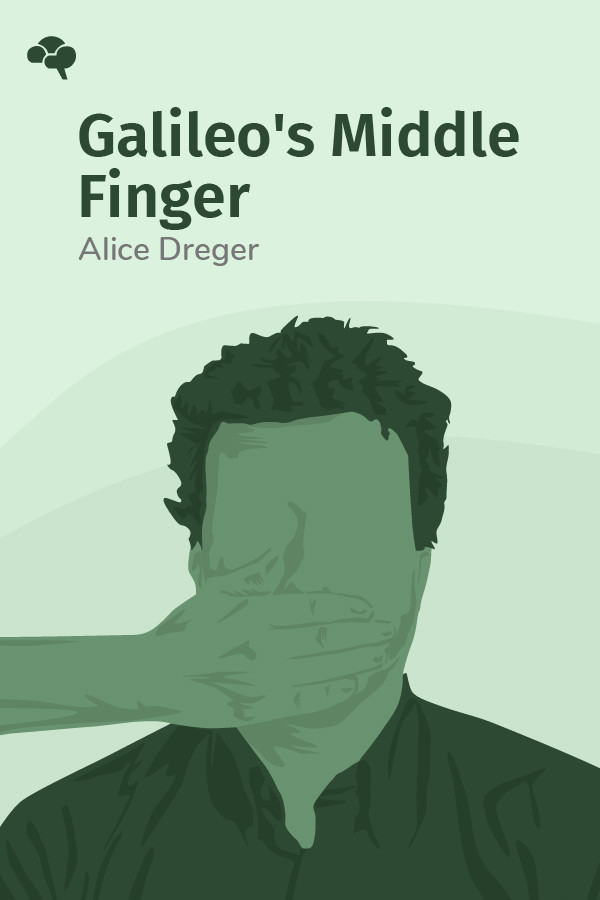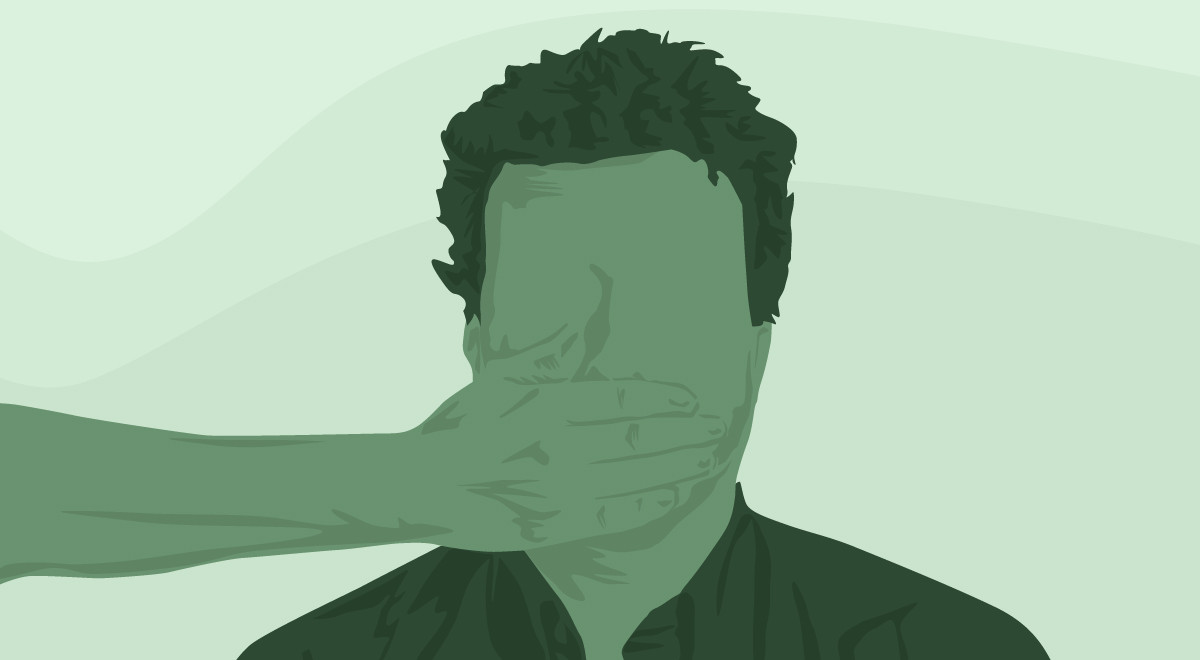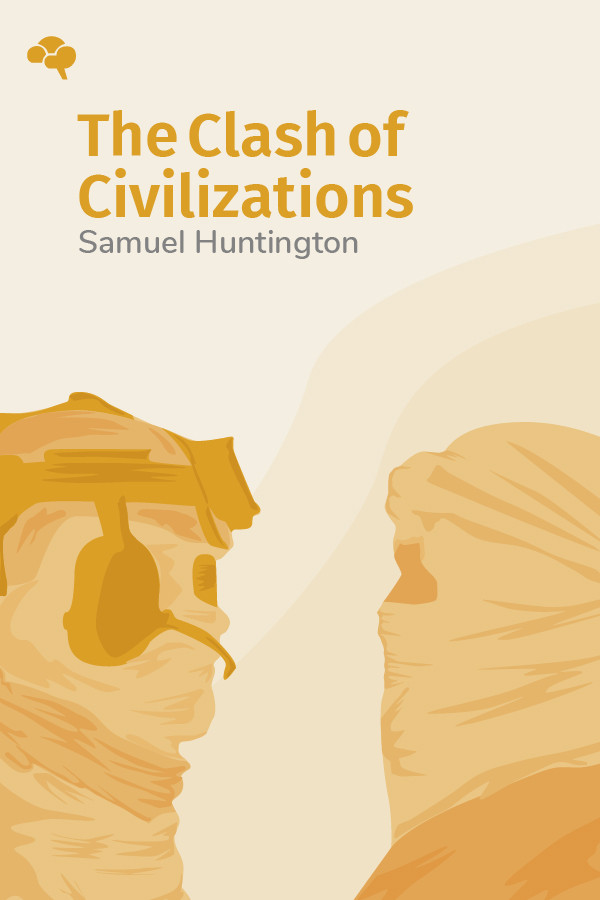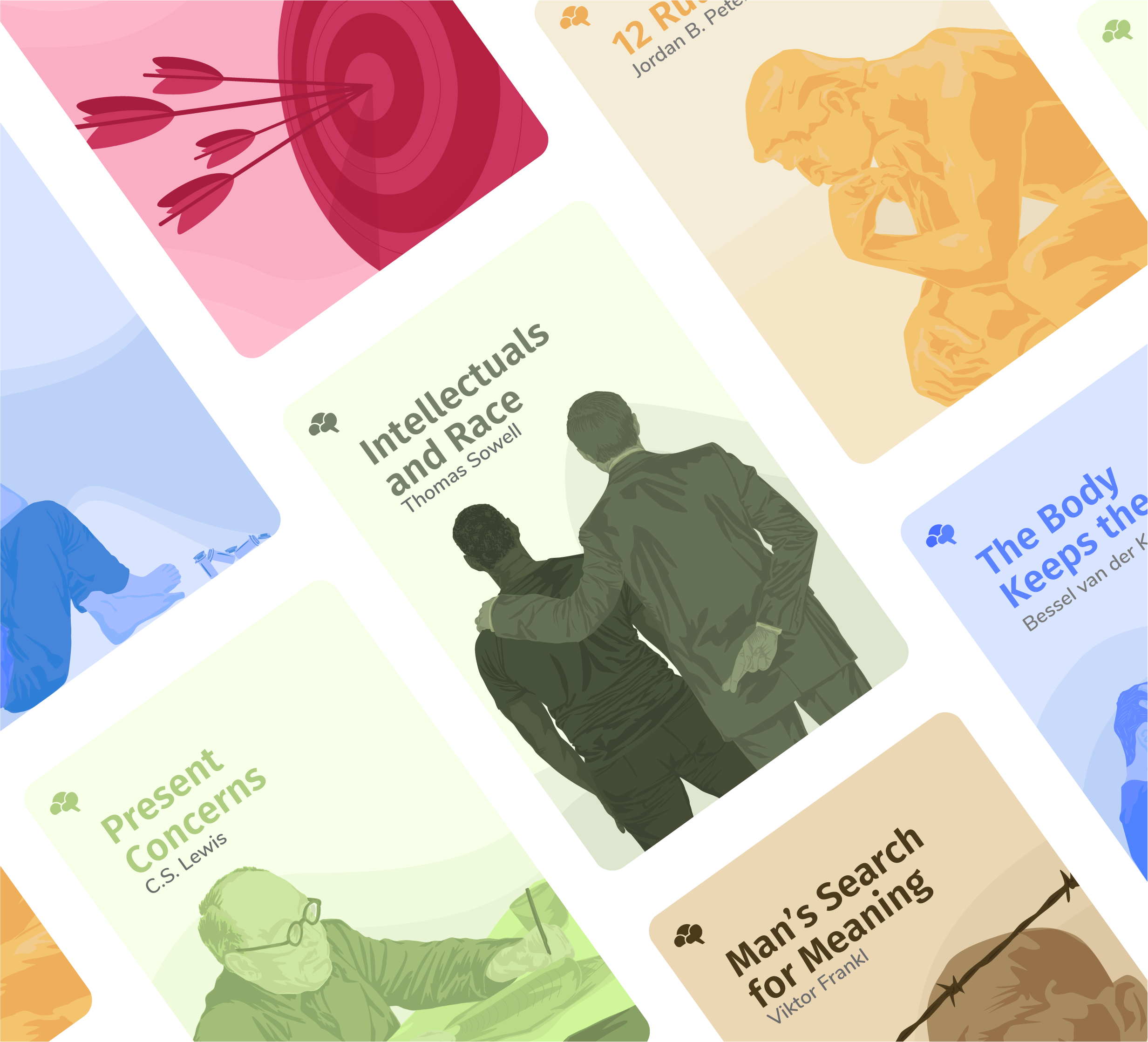Key Insights From:
Galileo's Middle Finger: Heretics, Activists, and One Scholar's Search for Justice
By Alice Dreger


Key Insights From:
Galileo's Middle Finger: Heretics, Activists, and One Scholar's Search for Justice
By Alice Dreger
What You'll Learn:
What happens when a scholar presents new evidence that threatens the foundations of a popular narrative? Ideally, those who hold to the established explanation examine the evidence presented, raise counterpoints if they have any and a discussion ensues. There are other times, however, when people come after the scholar instead of the idea. Psychologist Michael Bailey was one such scholar whose name and reputation got dragged through the mud after presenting a controversial thesis about sexual minorities. Scholar and activist Alice Dreger got caught in a crossfire when she showed the smear campaign to be motivated by ideology rather than facts. Galileo’s Middle Finger is a glimpse into Dreger’s world of activism and scholarship, the particulars of the Bailey smear, and how activists and academics handle controversies.
Key Insights:
- Near Galileo’s tomb in Florence is a shrine exhibiting Galileo’s middle finger.
- Cases of hermaphrodites—now called “intersexuals”—have been documented for centuries—and systematically disambiguated by doctors.
- Intersexual births are far more common than most people realize.
- Sometimes the people most passionate about equality forget that people with opposing views are equals, too.
- Bailey exemplified the Galileo ideal by putting pursuit of truth before political correctness.
- Academic freedom is essential and fragile in American universities.




